So I finally got everything hooked up and finished with my setup. Had my first fire last night with the insert in it's new home (recently had it in the garage). I started it like normal, started it small, wide open, sounded like a freight train. Hit like 600 degrees and choked it down so it burnt around 475-525. I burnt probably about 8-10 pieces of wood (oak, seasoned for about 5 years) and let it go out.
Threw a couple logs in this morning on top of the coals and noticed what looks like stage 3 creosote... is that even possible to happen that quick... and why?!?!
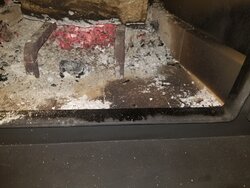
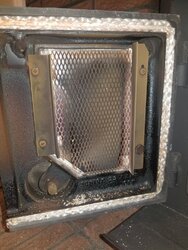
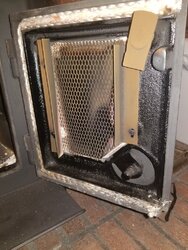
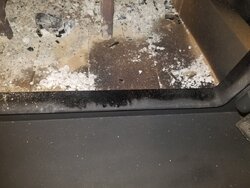
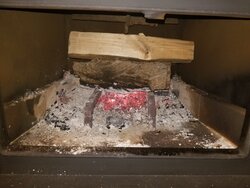
Threw a couple logs in this morning on top of the coals and noticed what looks like stage 3 creosote... is that even possible to happen that quick... and why?!?!






